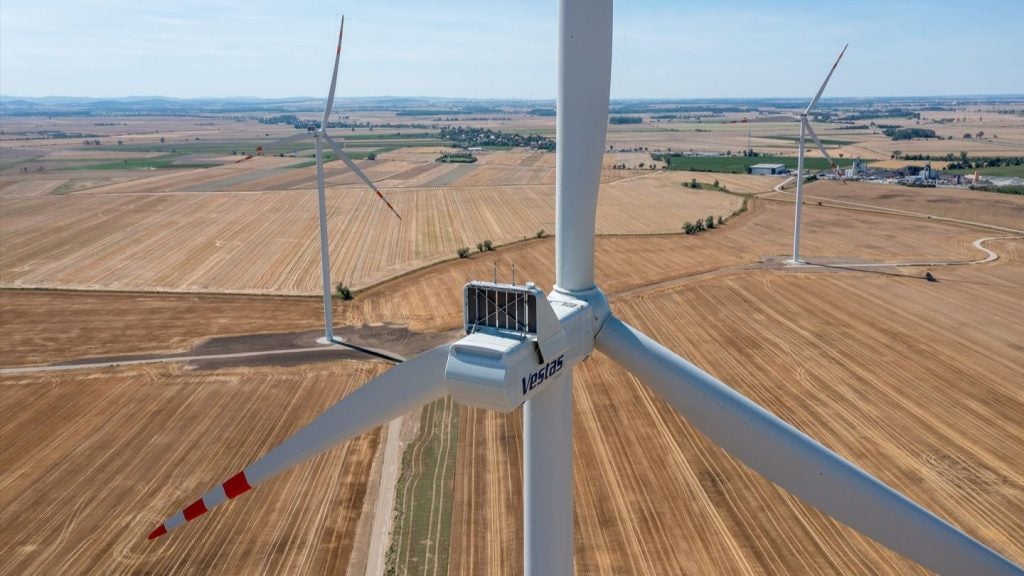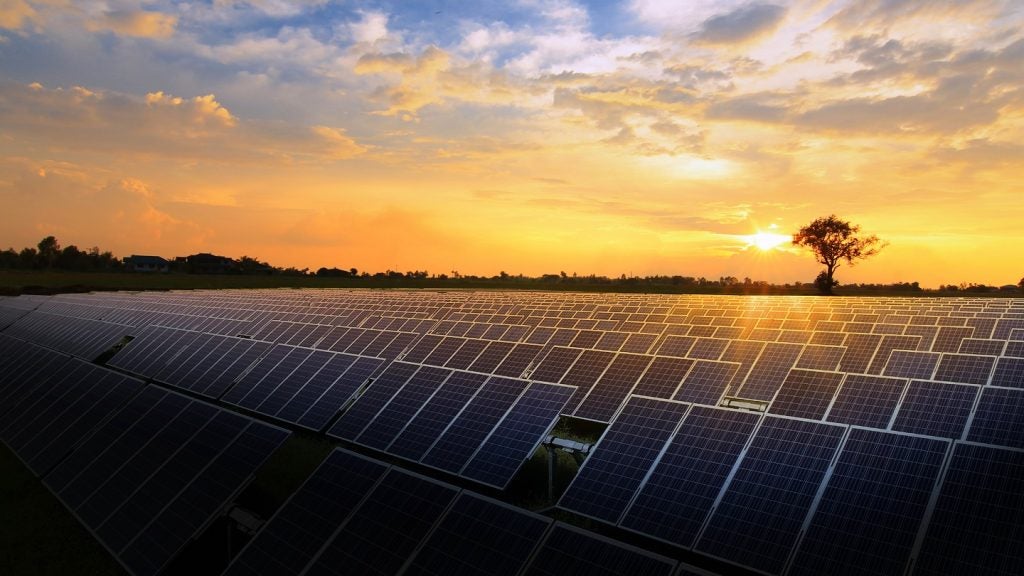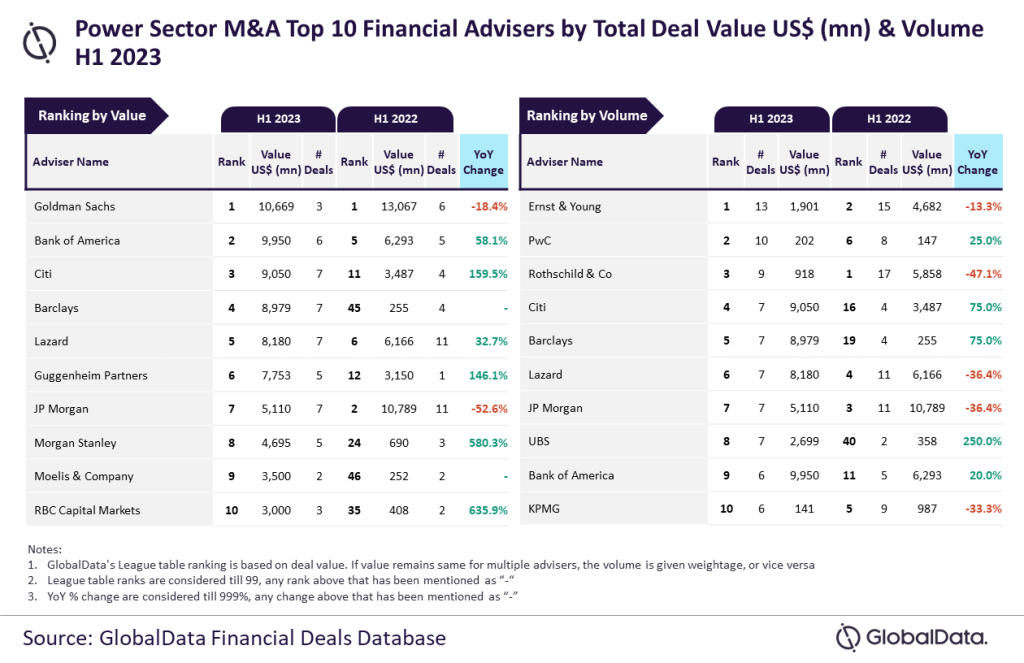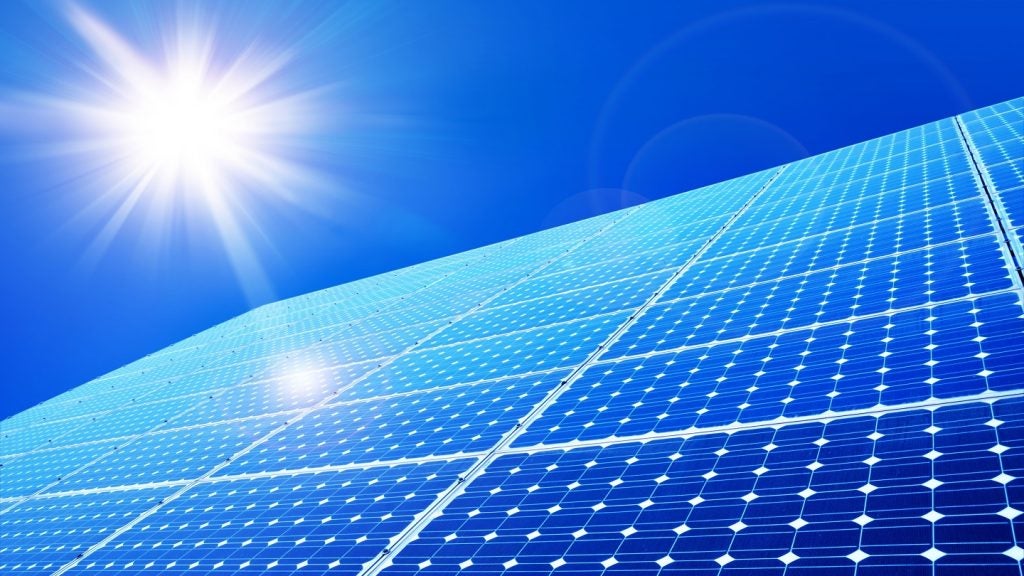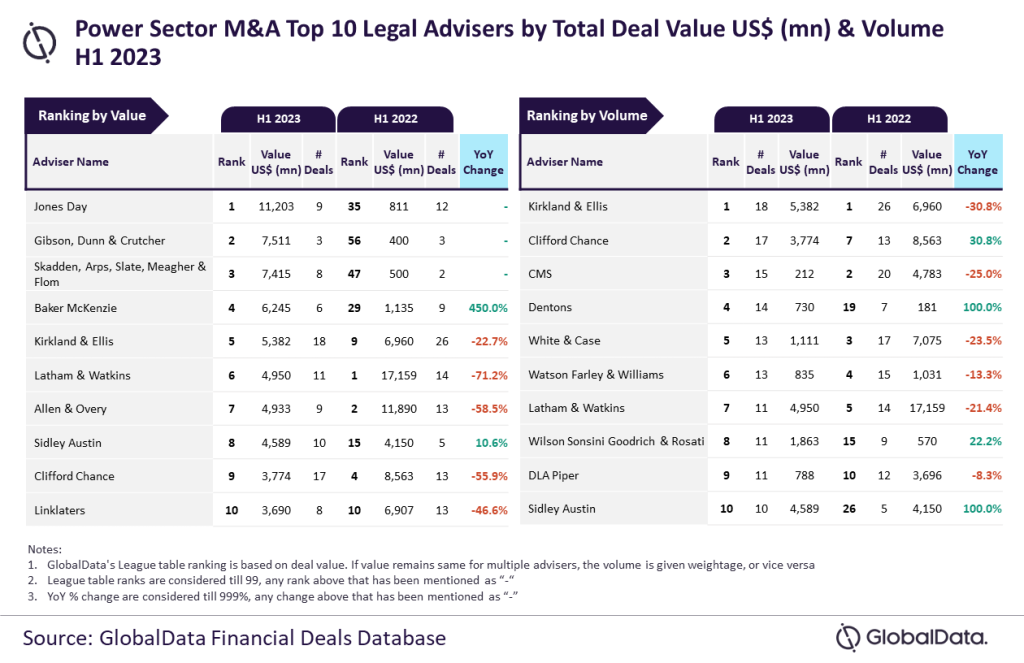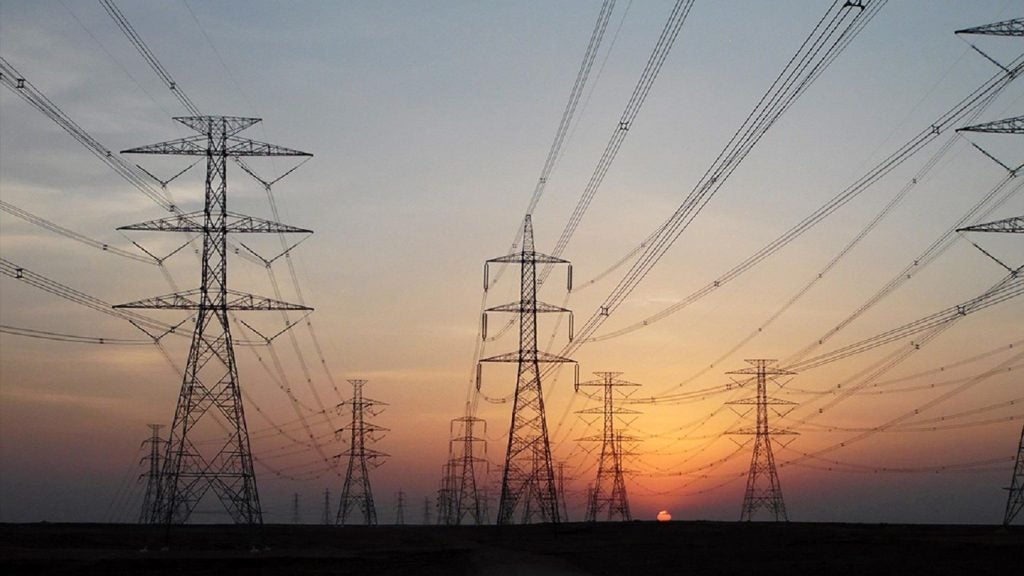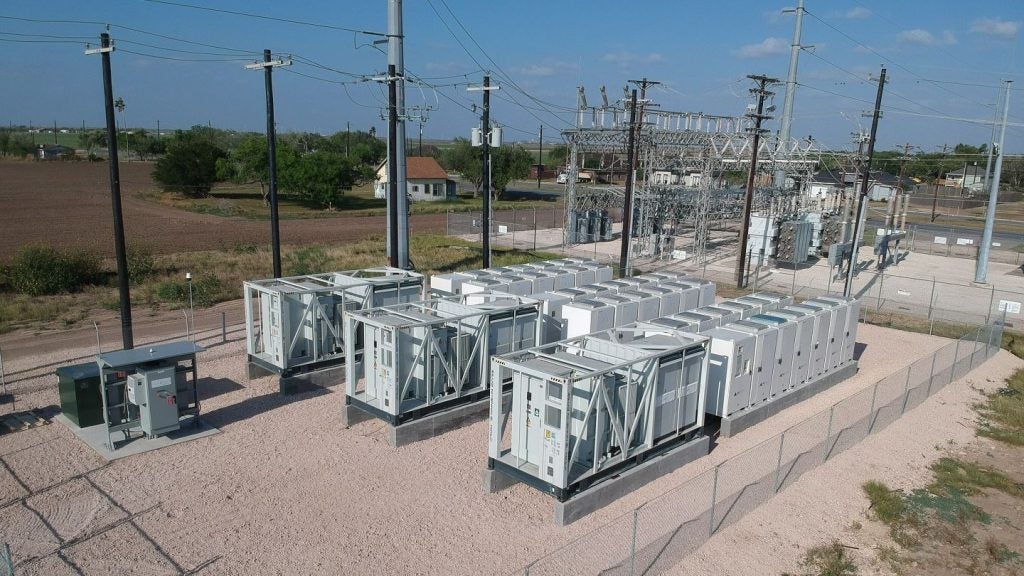Danish wind turbine maker Vestas posted a net loss of €115m ($126.74m) for the quarter ending 30 June 2023, an improvement from €119m in the same quarter a year ago.
The company’s operating EBIT (earnings before interest and taxes) loss stood at €68m in Q2 2023, versus €147m in the previous year, while loss before interest, tax, and special items narrowed to €70m from €182m.
Gross profit increased 127.8% year-on-year to €221m. Production costs of the company remained flat at €3.2bn.
Revenues for the three months to June 2023 were €3.42bn, up 3.75% from €3.30bn in Q2 2022.
Vestas said that its firm and conditional wind turbine orders for the quarter were 2.3GW, an 8% growth from the same period a year ago. As of 30 June 2023, its order backlog stood at €20bn, increasing from €18.9bn in the prior year.
The number of turbines produced and shipped dropped from 947 to 782, while the number of gigawatts stands at 3.65GW compared with last year’s 3.75GW.
Vestas group president and CEO Henrik Andersen said: “Vestas continued to improve underlying performance in the second quarter of 2023, and based on the first half of the year, we remain on track to achieve our financial outlook for 2023.
“In the second quarter, our revenue was €3.4bn, a 4% increase year-on-year, which was secured by higher value of turbine deliveries and strong growth in our service business. In line with expectations and the continued execution of older projects with lower margins in our backlog, we achieved an EBIT margin of minus 2%.”
The company noted that uncertainty in permitting and regulatory terms, along with disruptions in the supply chain, have been the underlining factors affecting the wind industry.
It continued that although supply chain disruptions are easing off, they could continue throughout the second half of this year.
For the full year, it projects €14bn–€15.5bn in revenues and an EBIT margin before special items of between -2% and 3%.


